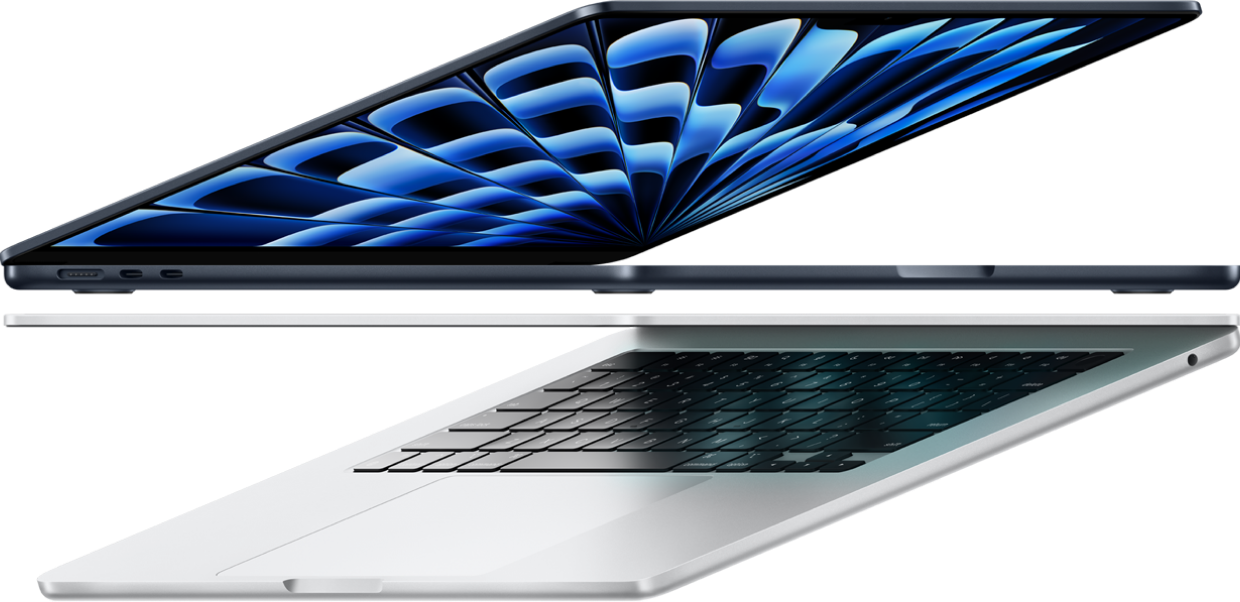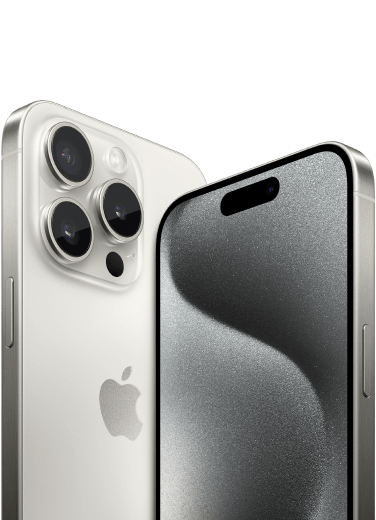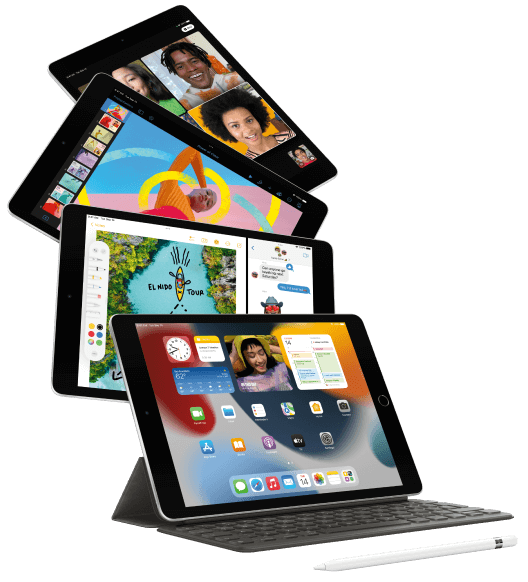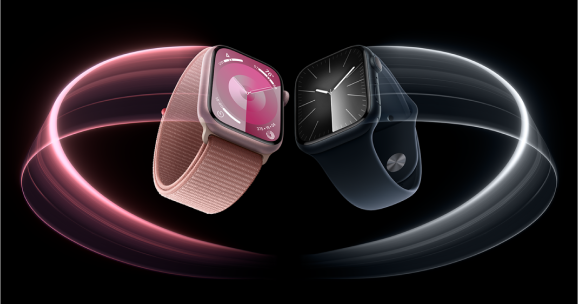
How Apple Watch measures your heart rate | iStore Online
With your Apple Watch and OS3 onwards, the Heart Rate app allows you to check your heart rate at any time of the day. All you need to do is open the app and wait for Apple Watch to measure your rate. If you are using the Workout app, your heart rate is being measured continuously. Apple Watch utilises this information, as well as other indicators, to estimate the number of calories you have burnt during your workout.
How does Apple Watch measure my heart rate?
Apple Watch uses a technology called photoplethysmography which uses LED lights and light‑sensitive photodiodes to detect how much blood is flowing through the wrist at any moment. It is based on the fact that blood is red because it reflects red light and absorbs green light. When your heart is beating, the blood flowing through your wrist and green light absorption is greater. In between beats, it is less. Your Apple Watch flashes it’s LED lights hundreds of times per second which allows it to calculate the number of times the heart beats per minute. This is your heart rate. When your Apple Watch measures your heart rate in the background it uses the infrared lights.
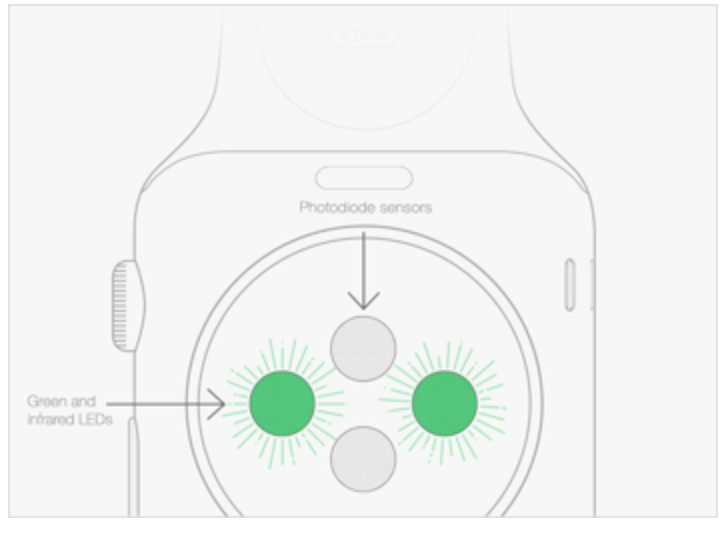
Source https://support.apple.com/en-za/HT204666
How can I ensure that I get an accurate reading?
There are instances where your Apple Watch is unable to get an accurate and reliable reading due to various factors. Ensuring that you have a good fit is the first step to making sure you get the best reading. If your Apple Watch is a bit loose and you find that it doesn’t stay in place, you may find that the sensors are not reading your heart rate correctly. Tighten the strap a bit so that it no longer feels loose. The fit should be snug, but still comfortable.
What else can affect the reliability of my heart rate reading?
1. Skin perfusion
Skin perfusion is essentially how quickly your blood flows through your skin. This can vary from person to person. It can also be affected by things like colder temperatures which can cause your skin perfusion to be too low for your Apple Watch to get a reading. There is nothing that you’re able to do to prevent this (apart from possibly avoiding working out in very low temperatures) but it is good to be aware that it could affect your results.
2. Motion
Rhythmical movements such as running or cycling tend to give better results compared to that of sports with more irregular or jarring movements such as tennis or boxing. If you are engaging in this kind of activity it is advisable to tighten your wrist band so that you reduce the possibility of incorrect readings.
3. Skin changes
If you have a tattoo on your wrist or have experienced a temporary or permanent change in the skin surface, you may find that your readings are affected. The ink, pattern and saturation of tattoos may cause the some of the light in the sensor to be blocked. This can also happen if you have used some greasy sunscreens, or other types of lotions that have not dried. If this is the case, you can also connect your Apple Watch to an external heart rate monitor like a Bluetooth chest strap for example.
It is important to note that your heart rate measurement is only one of the indicators that Apple uses to measure activity and exercise. Depending on the type of workout you are doing, your Apple Watch utilises the most appropriate input for that activity. For example, if you’re cycling it uses the GPS and if you’re not working out, it tracks your movement all day. By having all of this information at your fingertips, you’ll be motivated to continually strive for better health and fitness on a day-to-day basis.

